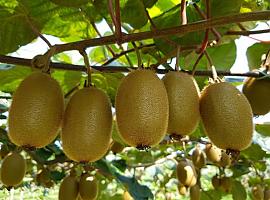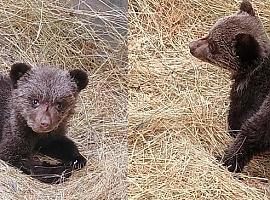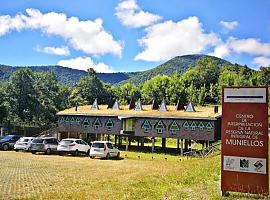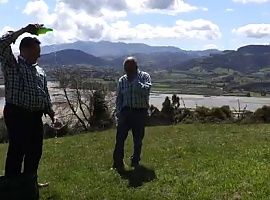Hanoi, Vietnam - A new monkey, a self-cloning skink, five carnivorous plants, and a unique leaf warbler are among the 208 species newly described by science in the Greater Mekong region in 2010 and highlighted in a new WWF report, Wild Mekong.
While the report affirms the Mekong as a region of extraordinary biodiversity, WWF is calling on the six leaders from the Greater Mekong Sub-region (GMS) meeting next week in Myanmar to put the benefits of biodiversity, and the costs of losing it, at the centre of decision-making and regional cooperation.
The Myanmar summit will endorse a new strategy guiding the next decade of economic cooperation among the GMS countries. WWF warns the Greater Mekong’s valuable natural assets and species will continue to disappear without accelerated efforts to green the region’s economies.
“Mekong governments have to stop thinking about biodiversity protection as a cost and recognise it as an investment to ensure long-term stability,” said Stuart Chapman, Conservation Director of WWF Greater Mekong. “It is ultimately this natural capital upon which the Greater Mekong’s prosperity is built.”
Among the ten species highlighted in the WWF report is the snub-nosed monkey (Rhinopithecus strykeri). Found in Myanmar’s remote and mountainous Kachin state, locals say the monkey can be spotted with its head between its knees in wet weather to avoid rain running into its upturned nose.
A staggering array of 28 reptiles was also newly discovered in 2010, including an all-female lizard (Leiolepis ngovantrii) in Vietnam that reproduces via cloning without the need for male lizards. Five
species of carnivorous pitcher plants were also discovered across Thailand and Cambodia, with some species capable of luring in and consuming small rats, mice, lizards and even birds.
“While the 2010 discoveries are new to science, many are already destined for the dinner table, struggling to survive in shrinking habitats and at risk of extinction.” added Chapman.
The extinction of the Javan rhino in Vietnam, recently confirmed by WWF, is one tragic indicator of the decline of biodiversity in the region. The Mekong’s wild places and wildlife are under extreme pressure from rapid, unsustainable development and climate change.
“The region’s treasure trove of biodiversity will be lost if governments fail to invest in the conservation and maintenance of biodiversity, which is so fundamental to ensuring long-term sustainability in the face of global environmental change,” concluded Chapman.
Wild Mekong spotlights 10 species newly identified by science, among the 145 plants, 28 reptiles, 25 fish, 7 amphibians, 2 mammals, and 1 bird all discovered in 2010 within the Greater Mekong region of Southeast Asia that spans Cambodia, Laos, Myanmar, Thailand, Vietnam and the south-western Chinese province of Yunnan. The report reveals an average of one new species recorded by science every two days in the region.
FOTO: Wikipedia





















1 comentario
# Marcello Catalano Responder
13/12/2011 03:19Allow me to say a couple of things, as publisher of 4 of those species of carnivorous plants (the fifth one was described by my friend François Mey). The National Geographic wisely tries to draw attention not only to how numerous and interesting these new species are, but to how much in danger they are. I've been studying these species in their habitat since 2004, and reading about how in danger they are from my livingroom is quite different than seeing the disasters caused by humans in front of my eyes. I visited tens of locations, where the local villagers always had the same answer: "yes, those plants were growing here, but then the forest was destroyed to make this plantation", or "to make this guesthouse", or "to make this house", or "some people came here and dug out the plants to sell them at the market". The article for example doesn't mention how the 80% (!!!) of the original forest of Thailand is now gone. That means that when you go to Thailand and see all that green, for the 80% that's stuff planted by humans. As far as I can, I'm moving together with some local authorities to protect the small bits of land where these species survive in the number of 100-200 individuals. But it's very sad when you describe a new species and after 1-2 years you realize it's extinct. I'm more concentrated on Thailand, but Cambodia and Vietnam are possibly in an even worse situation (maybe François will see this post and he'll talk about that). To know more about the topic and to see how our conservation projects proceed, you will easily find my website online, just google Marcello Catalano and carnivorous plants. Thanks for your attention!